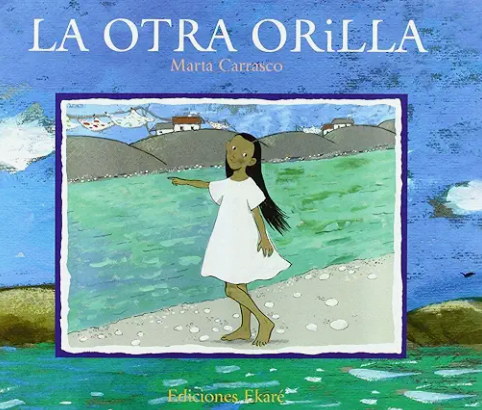by Carmen Reyes (LTL Contributor)
World language teachers can bring the United Nations Sustainable Development Goal (SDG) 16—Peace, Justice & Strong Institutions—to life in their classrooms through engaging literature. One powerful way to achieve this is by incorporating Marta Carrasco’s book La Otra Orilla, designed for Heritage Elementary students at an Intermediate Mid proficiency level.
La Otra Orilla fosters discussions on inclusivity, justice, and understanding across diverse communities. This work is based on my presentation during the ACTFL conference in Philadelphia, co-presented with NELL member Larissa Giacoman.
Interactive Activities for Various Proficiency Levels:
1. Novice Low: Building a Unity Bridge
Students are divided into two large groups, each representing a different community. They pair up and identify at least five commonalities from suggested categories such as family, school, sports, food, colors, or pets. They then illustrate these similarities on paper.
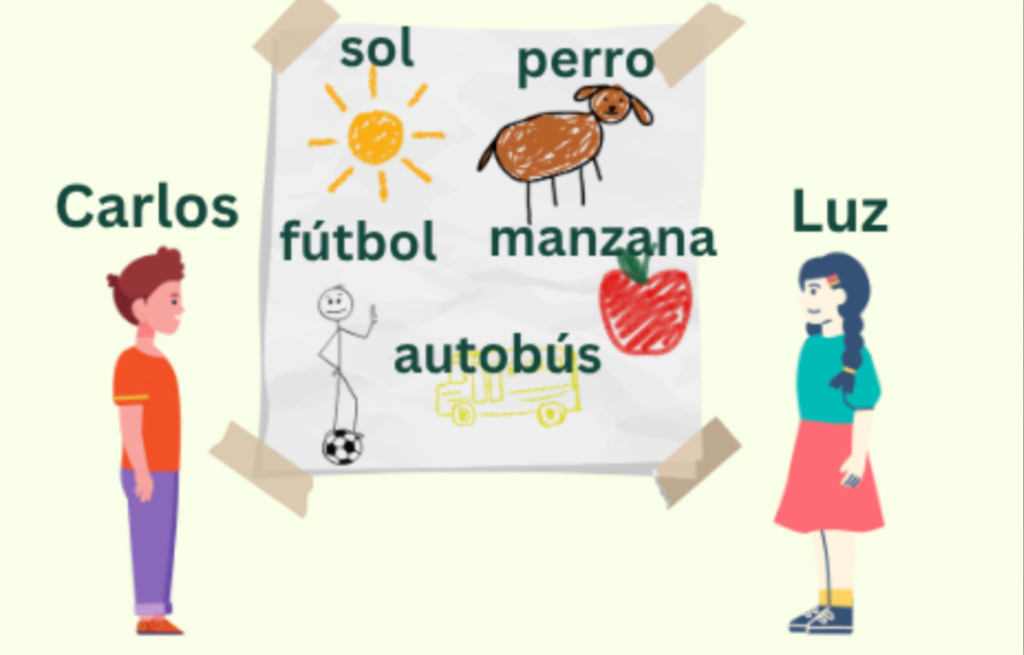
Each pair receives a LEGO brick for each similarity they find, using them to construct a “unity bridge” that symbolizes their shared connections.
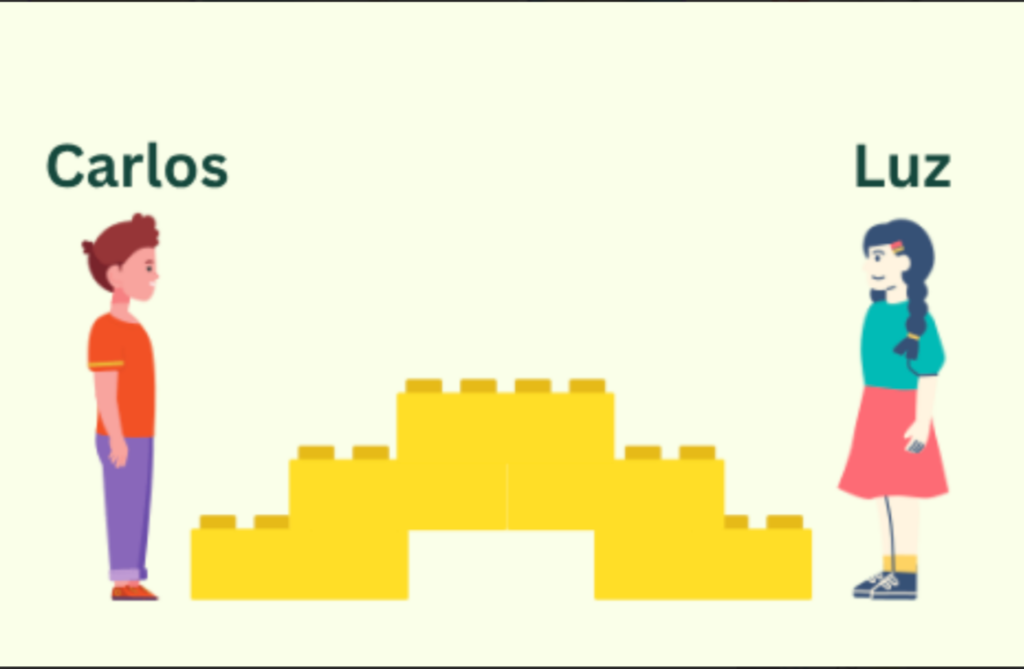
If physical bricks are unavailable or as an alternative, students can use paper cutouts. In this case, they will write each similarity on a paper brick before assembling their bridge.

2. Novice Low-Mid: Cultural Expressions Unity Bridge
Students identify ten cultural expressions they share and write each one on an index card. These cards are then used to build a “unity bridge.” For added complexity, students can write full sentences. To present their work, students will read each card aloud while walking along their bridge, reinforcing cultural awareness by highlighting practices that reflect identity, values, and traditions.

As an alternative, students can physically construct a bridge using the index cards, as shown in the reference image. They will then place the cards with their shared cultural aspects on top of the bridge.
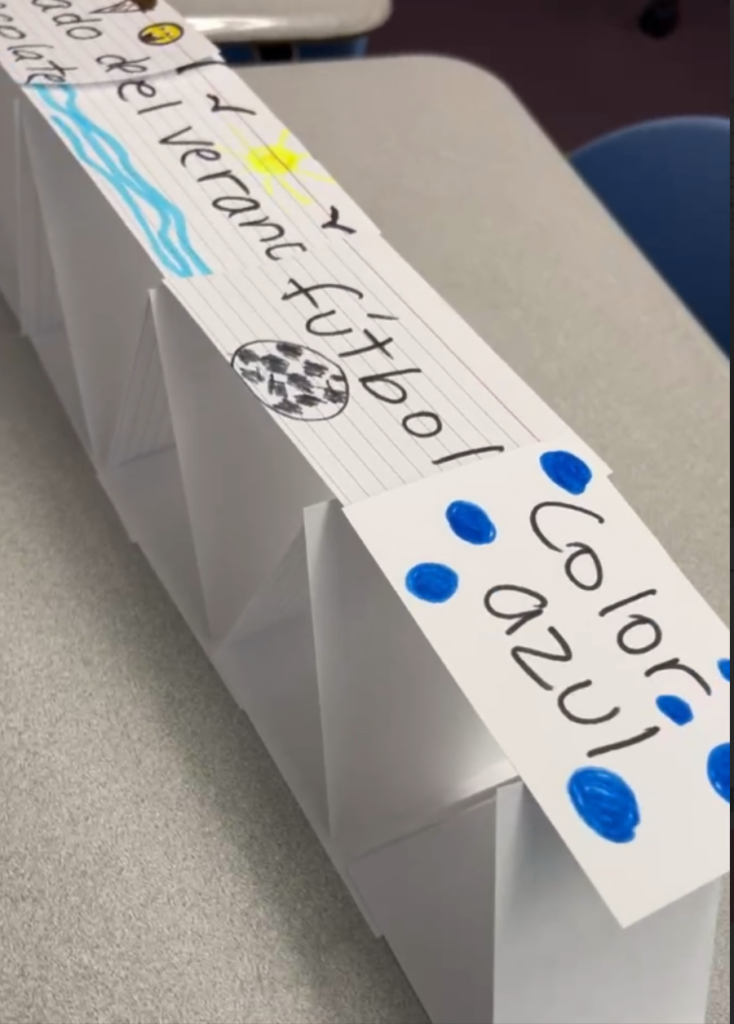
3. Novice Mid-High: Comparative Venn Diagram
Students analyze similarities and differences between their own community and a Spanish-speaking country, comparing aspects like traditions, food, and daily life. They create a Venn diagram to visually represent these cultural elements, encouraging a deeper understanding of global perspectives.
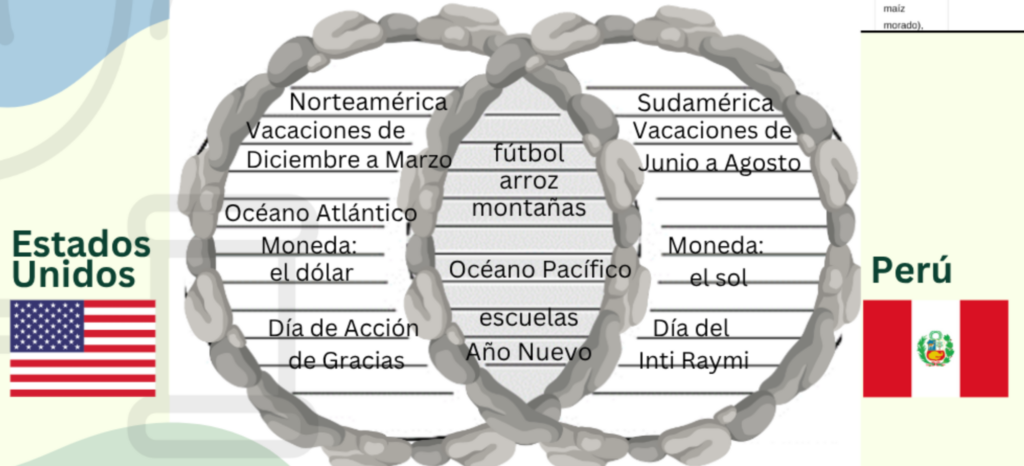
By incorporating these activities, language teachers create meaningful learning experiences that promote fluency, cultural understanding, and global citizenship while fostering inclusivity and reflection on diverse cultural experiences.
